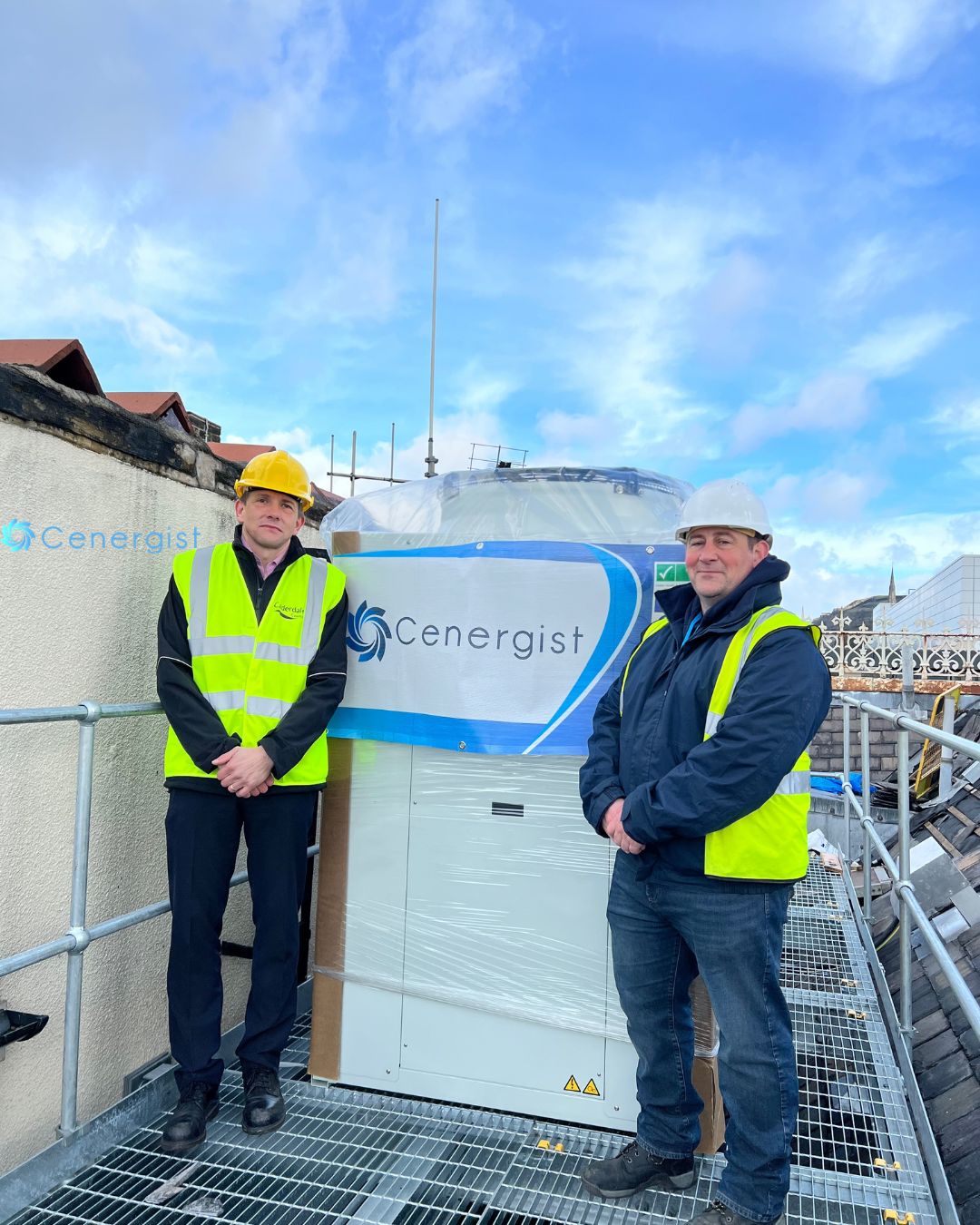Steve Wilkinson, Head of Commercial Projects at Cenergist, explores public sector decarbonisation, in particular, how organisations can successfully navigate PSDS Funding
The UK Government’s Net-Zero mission has seen the nation embark on a widespread search for supportive decarbonisation solutions. Every industry must play its part – including fast-forwarding public sector decarbonisation.
Despite its status as the UK’s least polluting industry – with greenhouse emissions reduced by 40% since 1990 – the public sector remains under scrutiny, having been accountable for 7.9 million metric tons of carbon dioxide during the same time period.
For Britain to achieve its Net-Zero goal, emissions must be minimised at every opportunity, and the government has introduced a range of schemes to help the public sector reach its own targets. One example is the Public Sector Decarbonisation Scheme (PSDS) – an impact-driven initiative aiming to reduce emissions from public sector buildings by 75% before 2037.
Phase 3 of the PSDS will see £1.425 billion in funding distributed between 2022 and 2025. Approximately £404 million will be allocated to organisations delivering projects during 2022 that will be complete by 31st March 2023. Around £71 million will go to successful applicants delivering a programme of projects over the next two to three years.
Public sector bodies can leverage the PSDS to fund heat decarbonisation initiatives and energy efficiency measures – but first, it is crucial for them to understand the scheme and its processes, offerings, requirements, eligibility, and deliverables.

Things to consider with PSDS funding
As expected, any organisation leveraging PSDS funding must be operating within the public sector – with aims to replace their current fossil-fuelled heating system.
Public sector institutions applying for the PSDS are expected to have a blueprint in place called the ‘Heat Decarbonisation Plan’ (HDP) featuring several key elements such as funding allocation, project timelines and expected results.
The core of the proposal should be the replacement of fossil-fuelled heating systems with low-carbon alternatives.
PSDS requirements also state that applicants must make their buildings as energy-efficient as possible ahead of installing the low-carbon heating systems.
The importance of experienced partners
Organisations applying for PSDS must demonstrate the ability to carry out the proposed Head Decarbonisation Plan within a set timeframe using an efficient budget. This can be made possible by partnering with an experienced supplier who has an established track record of performing similar work.
Experienced partners can conduct an in-depth review of the organisation, its requirements, and its capabilities. Not only can they help public sector institutions in creating an efficient plan that helps to secure funding, but they can help execute it exactly as designed.
Ultimately, teaming up with experienced suppliers can substantially strengthen the funding application and increase the chances of success.
Public sector decarbonisation benchmarks: Utilising PSDS to achieve net-zero
The public sector in England has largely welcomed the introduction of PSDS – with universities, schools, hospitals, leisure centres and councils across the nation already taking advantage of funding to decarbonise buildings.
A major example of a public sector authority that effectively utilised PSDS funding is Leeds City Council – with the initiative resulting in the creation of dozens of jobs in the city.
The PSDS scheme is becoming increasingly popular. But for the best chance of success, it is important for public sector organisations to learn lessons from successful former applicants and take note of their chosen suppliers.
“For Britain to achieve its Net-Zero goal, emissions must be minimised at every opportunity, and the government has introduced a range of schemes to help the public sector reach its own targets. One example is the Public Sector Decarbonisation Scheme (PSDS) – an impact-driven initiative aiming to reduce emissions from public sector buildings by 75% before 2037.”
Where possible, public organisations should seek to partner with firms that have proven experience in this industry and access to patented technology. When a company has the industry know-how and tools to hand, they are well-equipped to provide cost-effective decarbonisation and water savings solutions that help clients save money and reach their climate goals.
The PSDS scheme is offering invaluable support at a time when every industry is working towards reducing its emissions to build towards Net-Zero – and public sector organisations can enjoy excellent results if they navigate this funding effectively.











